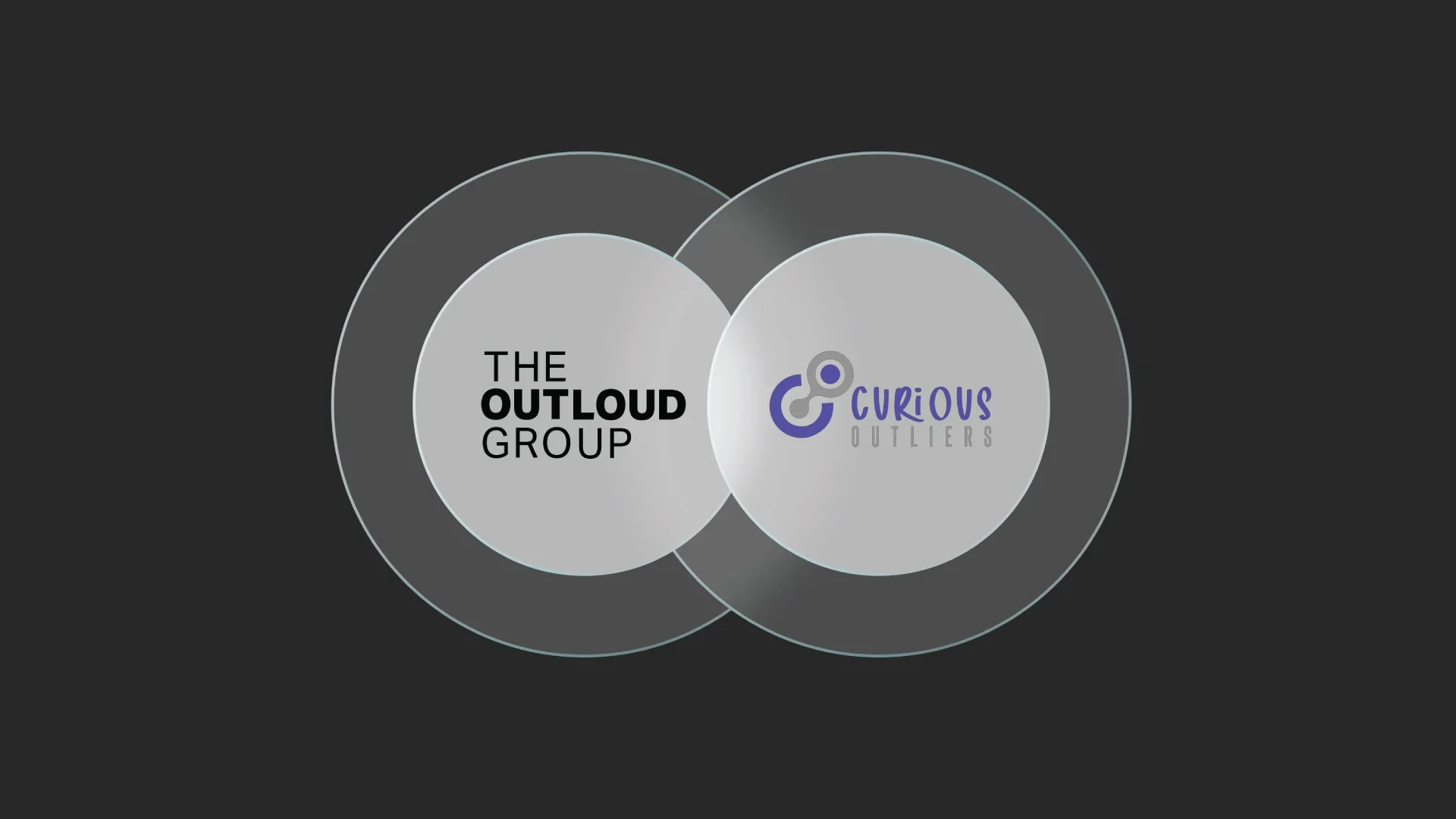
Lessons from An Influencer Marketing Agency That’s Been In The Game for 17+ Years
With 17+ years of experience in the dynamic realm of influencer marketing, our insights serve as your go-to resource for industry knowledge, trends, expert tips, and our two cents. Stay ahead of the curve and elevate your brand’s influence with our wealth of knowledge and proven strategies.

Written INSIGHTS
Explore written works or feature publications of our influencer marketing agency.
In the digital and influencer space, scams move fast—and recently, some individuals have been pretending to be The Outloud Group. Flattering? Maybe. Dangerous? Definitely. Using our name to mislead others puts people at risk and isn’t something we take lightly.
In the digital and influencer space, scams move fast—and recently, some individuals have been pretending to be The Outloud Group. Flattering? Maybe. Dangerous? Definitely. Using our name to mislead others puts people at risk and isn’t something we take lightly.
A five-and-a-half-year study of data on Black+ creator representation and compensation.
The Outloud Group, a leading agency in influencer marketing services, today announced the acquisition of Curious Outliers, a performance-driven influencer marketing agency known for its YouTube specialization and data-first strategies.
A Three and a Half Year Review of Influencer Campaign View & Engagement Data — Why Measurement Timing Is Key [January 2022 – June 2025]
Outloud Talent, a subsidiary of The Outloud Group, expanded from representing 30 creators to over 200 in less than a year through strategic acquisitions while facing a challenge: how to scale without sacrificing personalized management.
Outloud Talent, a leading talent management agency, is officially managing the creators formerly part of Bowie Agency (formerly Rolen Group). On the heels of Outloud Talent’s acquisition of NanoZebra, the addition of Bowie Agency talent to the roster cements Outloud Talent as an industry leader in talent management.
TOP WRITTEN INSIGHTS
A five-and-a-half-year study of data on Black+ creator representation and compensation.
A Three and a Half Year Review of Influencer Campaign View & Engagement Data — Why Measurement Timing Is Key [January 2022 – June 2025]
The gaming world is constantly evolving and saw a big rebound in 2024, after its post-pandemic slump. The livestreaming space saw over 8.5 billion hours watched in Q3 of 2024, a 12% year-on-year increase. But what does that mean for your marketing strategy in 2025?

Outloud Newsletter
Proven influencer marketing insights to grow your brand. Straight to your inbox.
Black+ Creator Analysis
A Study of Black+ YouTube Creator Representation & Compensation [January 2020 - June 2025].









